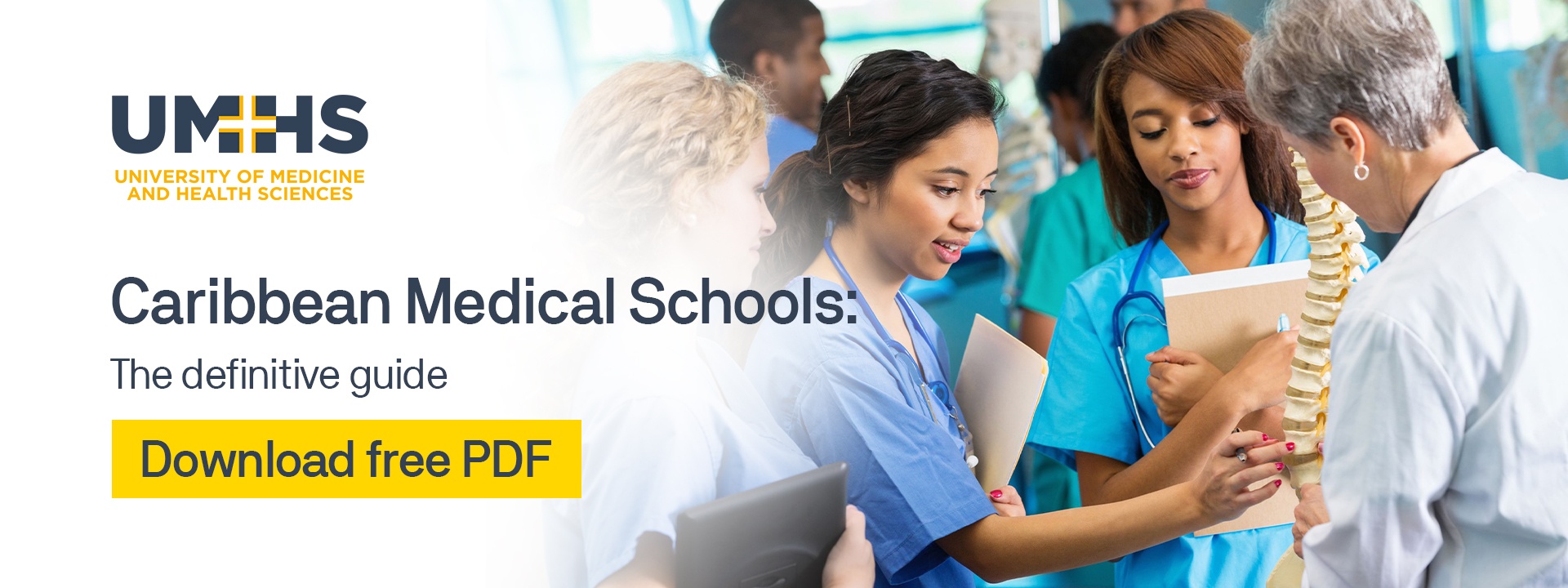Perhaps the U.S. health-care system should “go Dutch.”
President Obama’s Affordable Care Act has both fans and harsh critics, but the Dutch have been using a similar, less-confusing nationalized system since 2006 that lets people take advantage of private doctors, tax deductions, government subsidization and regulation, and flat-rate, affordable deductibles. A study released in late 2013 said the Netherlands offers the best health-care system in the European Union. The Netherlands was at the top of the annual Euro Health Consumer Index (EHCI), the metric that compares health-care systems in Europe. Particularly noteworthy is how the Dutch economy comes second only to the United States in spending for health care, according to a Commonwealth Fund report, and there are many parallels between the nationalized Netherlands system and Obamacare because “the Dutch approach combines mandatory universal health insurance with competition among private health insurers".
For the second installment of our Health Care Around the World series, the UMHS Endeavour looks at the fundamentals of Dutch health care, its similarities to Obamacare and what makes Dutch health plans better than Affordable Care Act plans in the USA. We will explore what America can learn from this European nation as we make adjustments to our new health-care system, for the benefit of all Americans and students from U.S. and international medical schools studying to become doctors.
Discover if a Caribbean Medical School is right for you.
Learn about the most popular alternative path to becoming a doctor.
Why ‘Managed Chaos’ Works in the Netherlands
European health official Arne Björnberg of Swedish NGO Health Consumer Powerhouse praised the Dutch system at a conference in Brussels in November 2013, saying all countries can learn from nationalized medicine in the Netherlands.
"The Netherlands has what we call 'a chaos system', meaning patients have a great degree of freedom from where to buy their health insurance to where they get their healthcare service. The difference between the Netherlands and other countries is that the chaos is managed. Healthcare decisions are being made in a dialogue between the patients and the healthcare professionals," Mr. Björnberg said.
Following are facts about the Dutch system from the Commonwealth Fund and Euractiv.com, iAmsterdam.com and CNN.
Foundations of Dutch Health Care
- 100% of people in the Netherlands have a regular doctor.
- Everyone pays a flat-rate annual deductible of approximately €170 euros ($235 U.S.), as opposed to the high, unaffordable deductibles of up to $8,000 annually on many Affordable Care Act plans in the States.
- Average life expectancy in the Netherlands is 80 (compared to 78 in the USA).
- From 2009 to 2013, the Netherlands health-care system scored above all other European nations regarding patient rights and information, accessibility, prevention and outcomes.
- The Dutch government introduced mandatory health insurance for middle and low-income residents back in 1941, and people with higher incomes bought private insurance.
- Passage of the Health Care Prices Act in 1982 authorized the Dutch government to control physicians' fees and total revenues. “This legislation allowed the government, for example, to replace fee-for-service payments to hospital-based specialists with lump-sum payments to hospitals,” the Commonwealth Fund’s website explains.
- The Health Insurance Act passed in 2006, after years of legislation for universal health coverage, requiring all who legally live or work in the Netherlands to buy health insurance from a private insurance company.
- Insurers are required by Dutch law to accept applicants at a community-rated premium.
- Plans are financed with individuals’ annual income-based contributions, and employers are required to compensate employees for the contributions.
- Dutch citizens and residents are fined if they do not sign up for mandatory health insurance.
- Premiums are not required for children under age 18.
- About two-thirds of Dutch households receive an income-related subsidy from the government—a maximum of approximately $2,200 per household per year.
- The income-based contributions are transferred to a Risk Equalization Fund, which compensates insurers for taking on high-risk enrollees. In addition, insurers can use tools to protect their interests. These include managed-care techniques, such as disease management.
What Health Insurance Companies Cover As Mandated By Dutch Government
- Medical care, including care provided by general practitioners, medical specialists and obstetricians.
- Hospital treatment.
- Most medications (individual insurance companies determine what medications are covered).
- Dental care up to the age of 18.
- Postnatal care.
- Limited physiotherapy, exercise therapy, speech therapy, occupational therapy and dietary advice.
- Help to stop smoking.
- Additional premiums through supplementary private insurance plans cover dental care for adults; additional physiotherapy; and other treatment not covered under basic health-care plans.
For more information on the Netherlands health-care system, visit Euractiv.com at http://www.euractiv.com/health/netherlands-best-healthcare-syst-news-532022 and iAmsterdam.com at http://www.iamsterdam.com/en-GB/living/family-health/healthcare-and-insurance/health-insurance
YouTube Video: CNN Report on Dutch Health Care vs. the USA
(Top photo) GO DUTCH: The Netherlands leads the world in Primary Care. Photo: By User: (WT-shared) Shoestring at wts wikivoyage [Public domain], from Wikimedia Commons
About UMHS:
Built in the tradition of the best US universities, the University of Medicine and Health Sciencesfocuses on individual student attention, maintaining small class sizes and recruiting high-quality faculty. We call this unique approach, “personalized medical education,” and it’s what has led to our unprecedented 96% student retention rate, and outstanding residency placements across the US and Canada. UMHS is challenging everything you thought you knew about Caribbean medical schools.

Scott is Director of Digital Content & Alumni Communications Liaison at UMHS and editor of the UMHS Endeavour blog. When he's not writing about UMHS students, faculty, events, public health, alumni and UMHS research, he writes and edits Broadway theater reviews for a website he publishes in New York City, StageZine.com.


















